Call us FREE 0808 2394 989
Opening Hours - Office closed, we'll open at 8:30am
Call us FREE 0808 2394 989
Opening Hours - Office closed, we'll open at 8:30am
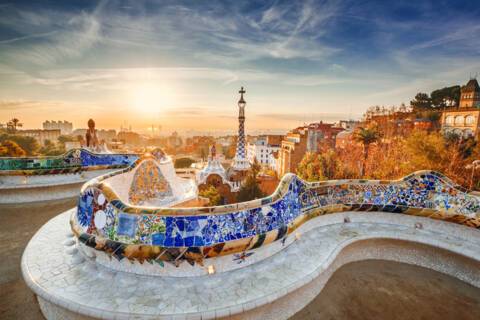
The infinite variety of street life, the nooks and crannies of the medieval Barri Gòtic, the ceramic tile and stained glass of Art Nouveau facades, the art and music, the throb of street life, the food (ah, the food!)—one way or another, Barcelona will find a way to get your full attention. The capital of Catalonia is a banquet for the senses, with its beguiling mix of ancient and modern architecture, tempting cafés and markets, and sun-drenched Mediterranean beaches. A stroll along La Rambla and through waterfront Barceloneta, as well as a tour of Gaudí's majestic Sagrada Famíliaand his other unique creations, are part of a visit to Spain's second-largest city. Modern art museums and chic shops call for attention, too. Barcelona's vibe stays lively well into the night, when you can linger over regional wine and cuisine at buzzing tapas bars.
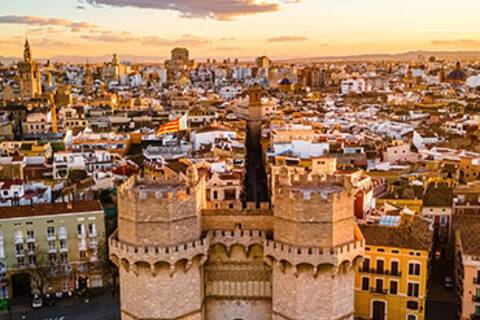
Valencia, nestled along Spain's eastern coast, is a captivating blend of modern innovation and rich history.
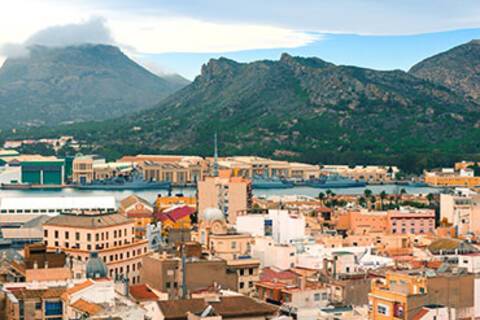
Cartagena, a historic port city on Spain's southeastern coast, is a treasure trove of ancient and modern wonders.
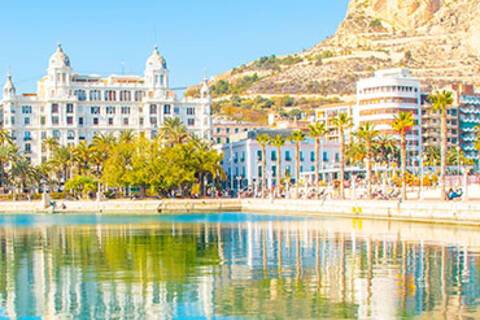
Nestled on Spain's dazzling Costa Blanca, Alicante is a coastal gem that seamlessly blends history, modernity and Mediterranean charm.
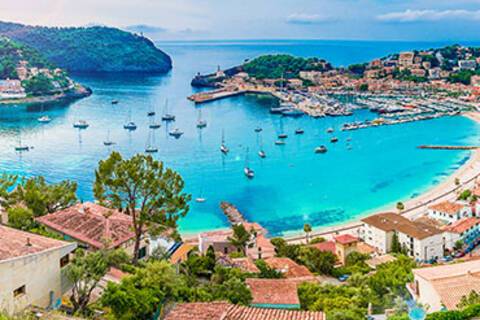
Mallorca, the largest of Spain's Balearic Islands, is a Mediterranean gem that entices travellers with its diverse beauty.
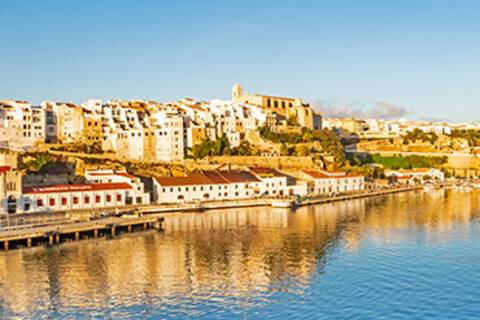
Mahón, the charming capital of Menorca, is a hidden Mediterranean gem known for its serene harbour, historic architecture and rich tapestry of cultures.
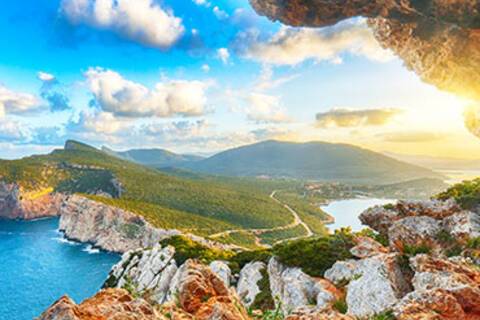
Alghero, a picturesque coastal town on the northwest coast of Sardinia, Italy, enchants visitors with its Mediterranean charm and rich history.
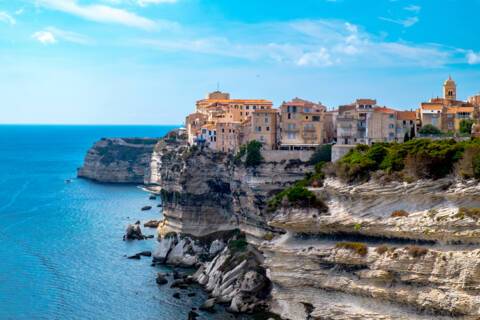
Beloved by the French, yet still relatively undiscovered by the rest of the world, the French island of Corsica is a gem. And right at its southern tip lies Bonifacio, a medieval town known as the “the city of sentinels”. Closer to Rome than Paris (and less than an hour’s ferry ride to Sardinia), Bonifacio remains one of the Mediterranean’s best kept secrets. The first thing you should know is that Bonifacio is stunning. And by that, we mean, awe-inspiringly beautiful. The town itself is worthy of a painting – a long, hilltop town that snakes over milky white limestone cliffs that stretch for 70 kilometres. The turquoise blue seas that lap at the foot of these are both warm and clear, and a joy for bathers of all ages. Although the cliffs have proved perilous to sailors in the past - Bonifacio counts the wreckage of the French Navy’s 1855 ship Semillante among its most visited diving sites and top tourist attractions. It is also here, in the harbour, that scholars place the catastrophic encounter between Ulysses's fleet and the Laestrygonians, who hurled lethal boulders down from the cliffs. The proximity of nearby Sardinia is everywhere. The islands were once joined before volcanic activity tore them apart, and much of the local dialect – still prevalently used particularly in the back country – is heavily influenced by Italian. This is also true for the local cuisine; think large plates of thinly sliced charcuterie and stuffed pasta filled with creamy local brocciu, a cheese similar to ricotta.
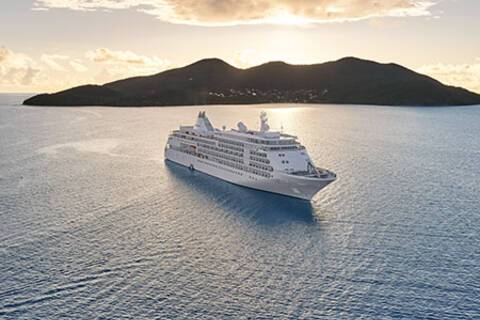
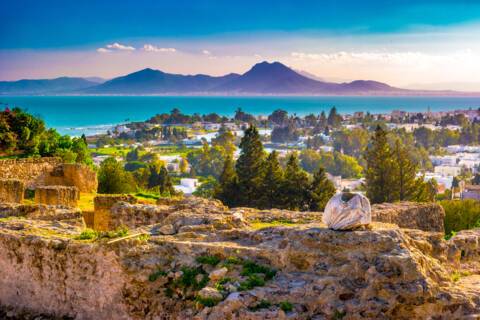
Tunisia's capital lies at the western end of the shallow Lake Tunis, which opens to the sea at La Goulette. This is the first of a string of beach suburbs that stretches away to the north; it is here that the city's port is located. This coastal area includes the ruins of ancient Carthage and the picturesque suburb of Sidi Bou Said, places that attract more visitors than Tunis itself. As far as capital cities go, Tunis has an easy-going, unhurried air about it. View less It is a very liberal city by Islamic standards and certainly leading the way in Western trends for the rest of the country. In Tunisia, the struggle for independence didn't take the violent course that it did in Algeria. Ruler Ahmed Bey, who governed from 1837 to 1855, encouraged Westernization and brought in military and other advisors to this end. In 1861, during the reign of Mohammed Sadiq, a constitution - the first in the Arab world - was proclaimed. Until the time of the French protectorate, the medina was very much the center of things. Then, under the French influence, the ville nouvelle (new city) emerged with its major banks, department stores, and administrative services. The main focus of ville nouvelle is the wide, tree-lined Avenue Habib Bourguiba. At its western end, this major thoroughfare becomes the Avenue de France, terminating in the Place de la Victoire and the entrance to the medina.
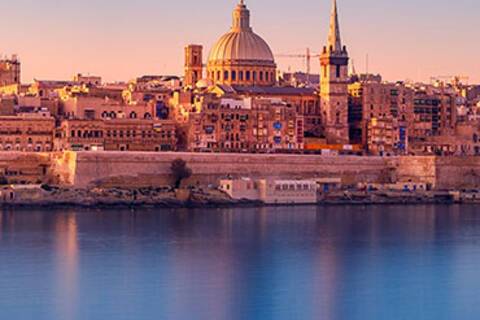
Valletta, the capital city of Malta, is a stunning jewel of the Mediterranean, renowned for its rich history, architectural elegance and vibrant culture.
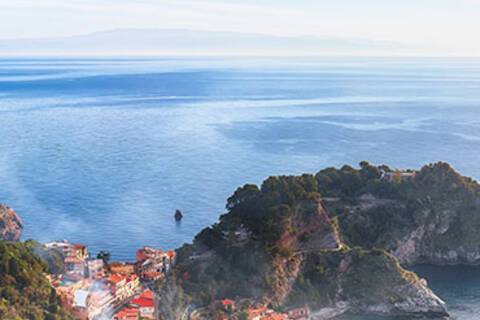
Giardini Naxos, nestled on the eastern coast of Sicily, is a sun-kissed Mediterranean paradise that captures the essence of Italian coastal living.
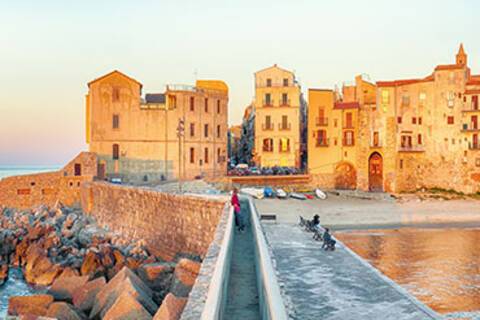
Palermo, the vibrant capital of Sicily, is a city that seamlessly weaves together layers of history, culture and culinary delights.
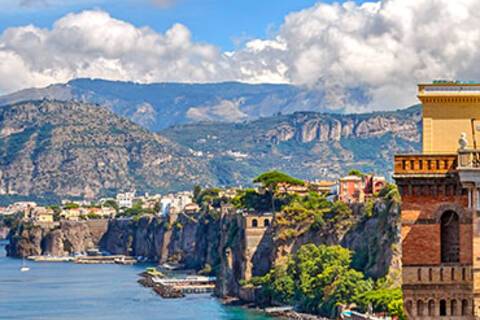
Nestled atop rugged cliffs overlooking the azure expanse of the Tyrrhenian Sea, Sorrento is a picturesque jewel in Italy's Campania region.

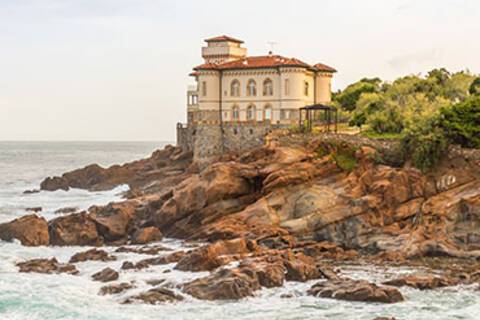
Livorno, Italy's vibrant coastal city, welcomes travellers with its eclectic blend of history, culture and maritime charm.
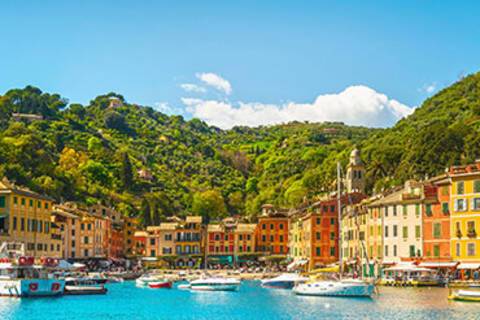
Nestled along the rugged Italian Riviera, Portofino emerges as a quaint jewel among the Mediterranean's coastal treasures.
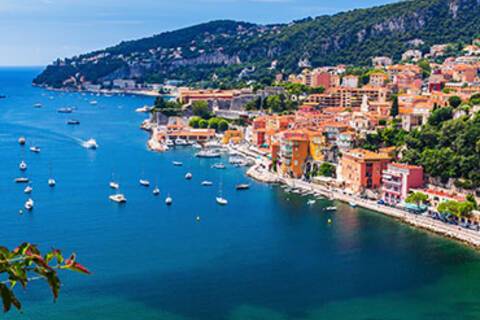
Enjoy the scenic beauty and laid-back culture of the Cote d'Azur in idyllic Villefranche-sur-Mer.
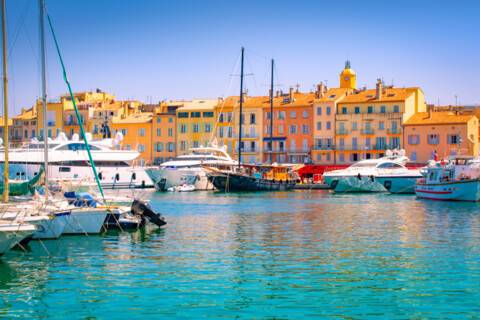
A glitzy, glamorous coastal resort that needs no introduction, Saint Tropez is the French Riviera hotspot of choice for A-listers and flotillas of gleaming yachts. The sparkle of its beaches, and clarity of its light, continues to attract artists - but it was the famous presence of Brigitte Bardot that leant Saint Tropez its enduring glamour and steamy appeal. Nowadays, speedboats skim offshore, while fine vintages from the vineyards nearby are uncorked in top-notch restaurants, in this well-heeled highlight of the Cote d'Azur. View less Famous bars offer views of the port along Quai Jean Jaurès, with its iconic cherry-red directors' chairs. Here you can admire the monstrous wealth of yachts that sparkle on the waters. On the same corner, big-name brand labels glimmer in the shops of rue François Sibilli - which cuts inland from the charming waterfront. The earthier appeal of boules clinking and thumping into the ground can be enjoyed at Place des Lices, where sun-wrinkled locals compete. Saint Tropez has a few beaches of its own, but famous stretches like Pampelonne Beach draw the biggest crowds to relax on star-studded golden sands. La Ponche, the authentic fishing quarter, retains its cobbled, historic elegance, and a 17th-century, hexagon-shaped citadel watches over the city and coastline from above. Coastal walks in the sea air snake away from the city’s bustle, and a series of headlands shape the stunning riviera landscape surrounding Saint Tropez. The historic monochrome Cap Camarat lighthouse adds a pleasing accent to hikes above the sparkling Mediterranean’s waves.
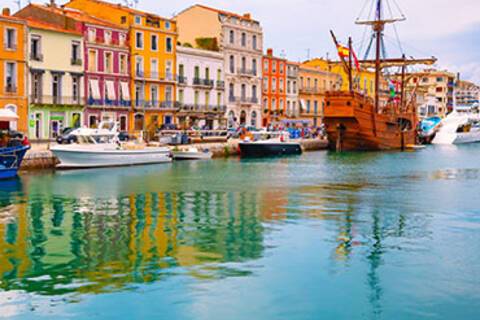
Sète, often hailed as the Venice of Languedoc, is a charming port town in southern France, crisscrossed by a network of canals and bridges.
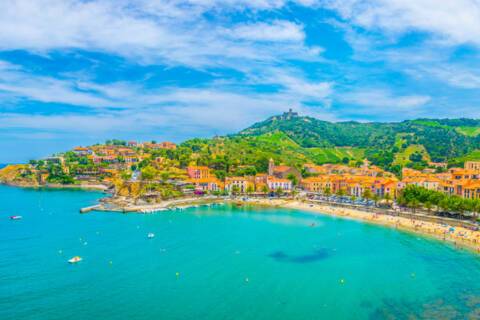
The south coast of France is nothing if not beautiful. To the east you have the sparkling seas of the Riviera while to the west, the terrain becomes craggier, less built upon but no less lovely. As you travel west ports get smaller and less glossy – but remain undeniably authentic. Such is true of Collioure. This charming seaside resort might not have the mega yachts (or mega bucks) of St. Tropez and Monte-Carlo, but it certainly has a local flavour that is unique to the south-west of France. So much so that the post-impressionist movement Fauvism was immortalised here. Apparently the movement was created when artists including Matisse, Picasso and Derain arrived in 1905 and realised they could not purchase black pain in the area. They were thus forced to find a creative solution to their problem. The answer was, of course, the dotty pictures that defined 20th century art. So magnetic was the region that others flocked to the area, and even today Collioure’s church is one of the most painted locations in France, with a record 242 reproductions. So perhaps the best guide to Collioure is not the usual guide books, but rather a crash course in modern art. Little seems to have changed since the painters left the seaside village, olive and lemon groves are still abundant, grape vines still line the horizon and stone cottages still stand. Cicadas still sing, fishing boats – bringing home the region’s speciality of anchovies – still float, and life carries on very much as it must have done in 1905.

The infinite variety of street life, the nooks and crannies of the medieval Barri Gòtic, the ceramic tile and stained glass of Art Nouveau facades, the art and music, the throb of street life, the food (ah, the food!)—one way or another, Barcelona will find a way to get your full attention. The capital of Catalonia is a banquet for the senses, with its beguiling mix of ancient and modern architecture, tempting cafés and markets, and sun-drenched Mediterranean beaches. A stroll along La Rambla and through waterfront Barceloneta, as well as a tour of Gaudí's majestic Sagrada Famíliaand his other unique creations, are part of a visit to Spain's second-largest city. Modern art museums and chic shops call for attention, too. Barcelona's vibe stays lively well into the night, when you can linger over regional wine and cuisine at buzzing tapas bars.
View prices as:
Your current viewing preference is:
Per-Person Pricing
* Prices shown are per person, based on two adults sharing a twin cabin and include all cruise offer discounts and savings.

| Deck | Price | Enquire | |
| CV | £11,000pp | Enquire now |
| Deck | Price | Enquire | |
| G1 | Deck 6 | £28,600pp | Enquire now |
| Deck | Price | Enquire | |
| DX | £12,000pp | Enquire now |
| Deck | Price | Enquire | |
| R1 | Deck 6 | £24,400pp | Enquire now |
| Deck | Price | Enquire | |
| SV | £11,400pp | Enquire now |
| Deck | Price | Enquire | |
| SL | Deck 7 | £21,200pp | Enquire now |
Silver Whisper sports a relaxing, sophisticated and elegant atmosphere. Combining the amenities of a grand resort with the charms of a stylish boutique hotel, it’s easy to see why world cruisers love Silver Whisper so much.
What’s on board: Boutique, Card Room, Casino, Casino Bar, Conference Room, Connoisseur’s Corner, Fitness Centre, Future Cruise Sales, Guest Relations, Internet Corner, Jogging Track, La Dame, La Terrazza, Library, Observation Lounge, Panorama Lounge, Pool Bar, Pool Deck, Reception, Shore Concierge, The Bar, The Grill, The Restaurant, The Show Lounge, Zagara Beauty Spa and much, much more.
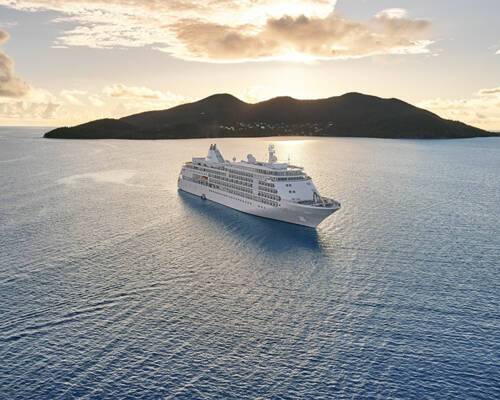
Yes, all Silversea ships are equipped to offer Wi-Fi access.
At Silversea, the comfort, enjoyment and safety of all guests is paramount. Most areas onboard are non-smoking and, as a safety precaution, smoking is not permitted in guest accommodations. However, smoking is permitted in the Connoisseur’s Corner and in specifically designated areas.
Yes, guests can take alcohol on their Silversea cruise. There are no limitations.
Gratuities are included in the price of your Silversea cruise.
The currency used onboard Silversea is US Dollars.
Shipboard attire ranges from casual to formal. Casual wear is appropriate for daytime aboard the ship or ashore and consists of standard sports outfits as worn at 5-star resorts. Evening attire falls into 3 categories; casual, informal and formal.
Shore excursions are available to book in advance via My Silversea until 2 days prior to sailing.
Champagne Gift Box is one per booking, for Ocean View Staterooms & above on cruises of 7 nights & above, for Mainland UK addresses only.